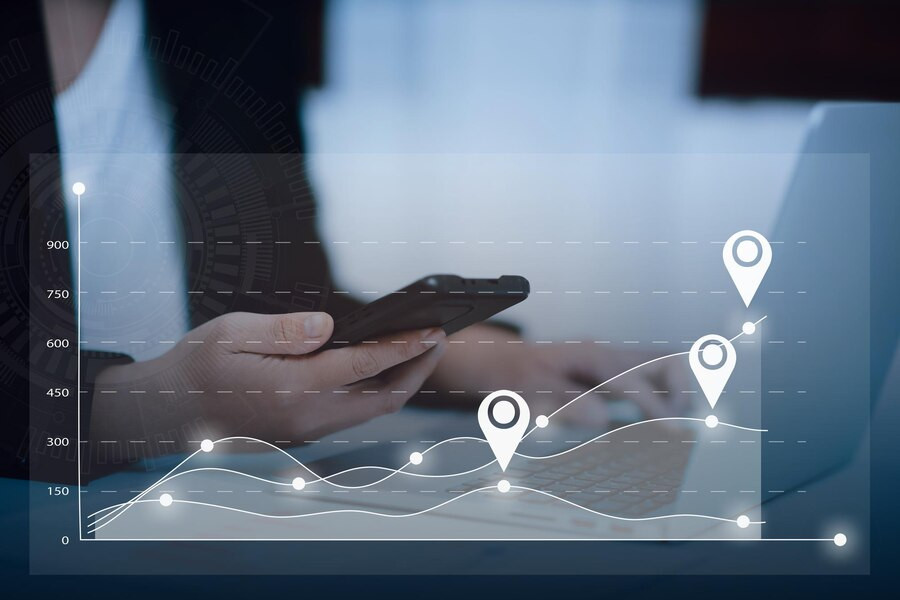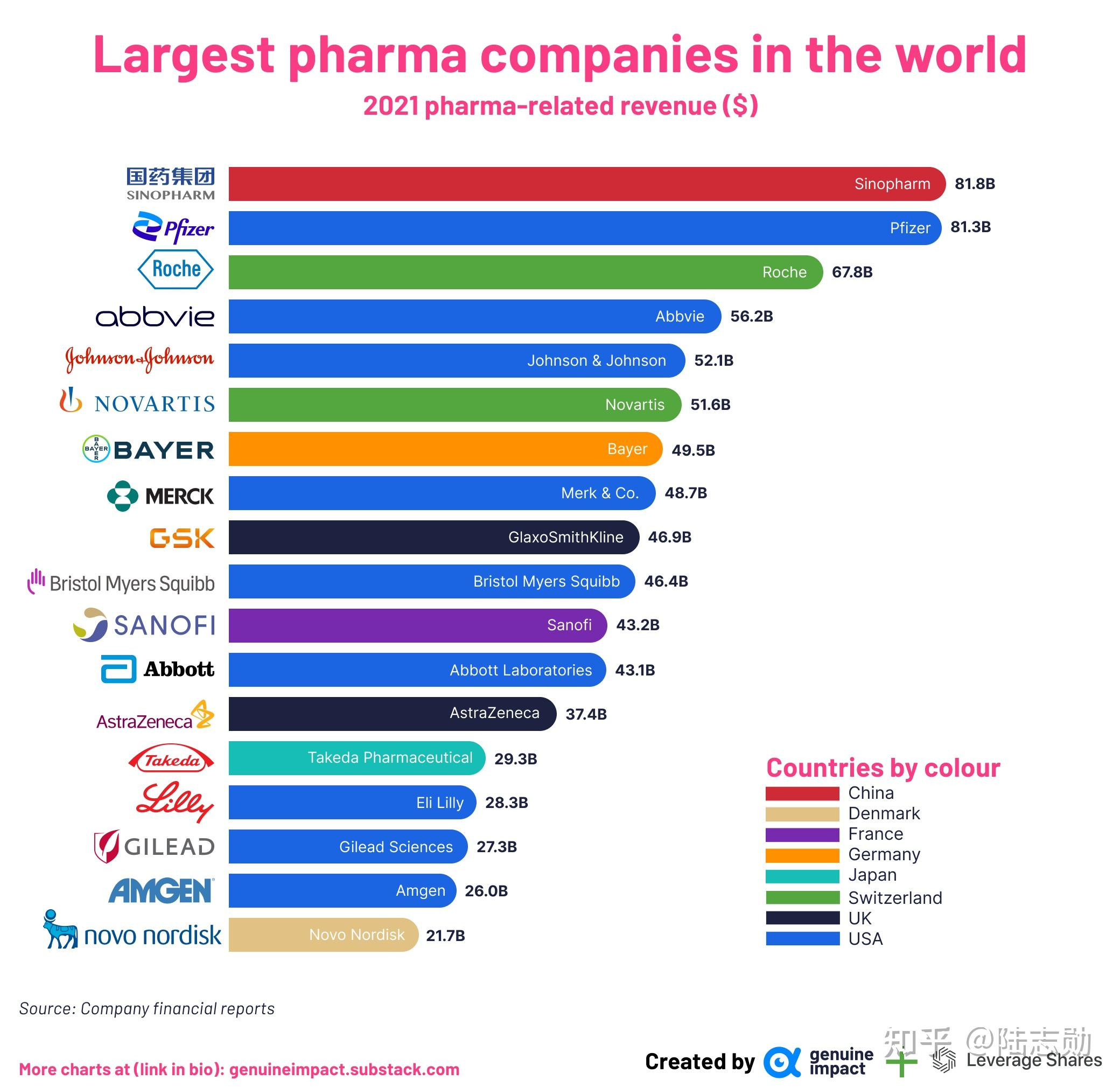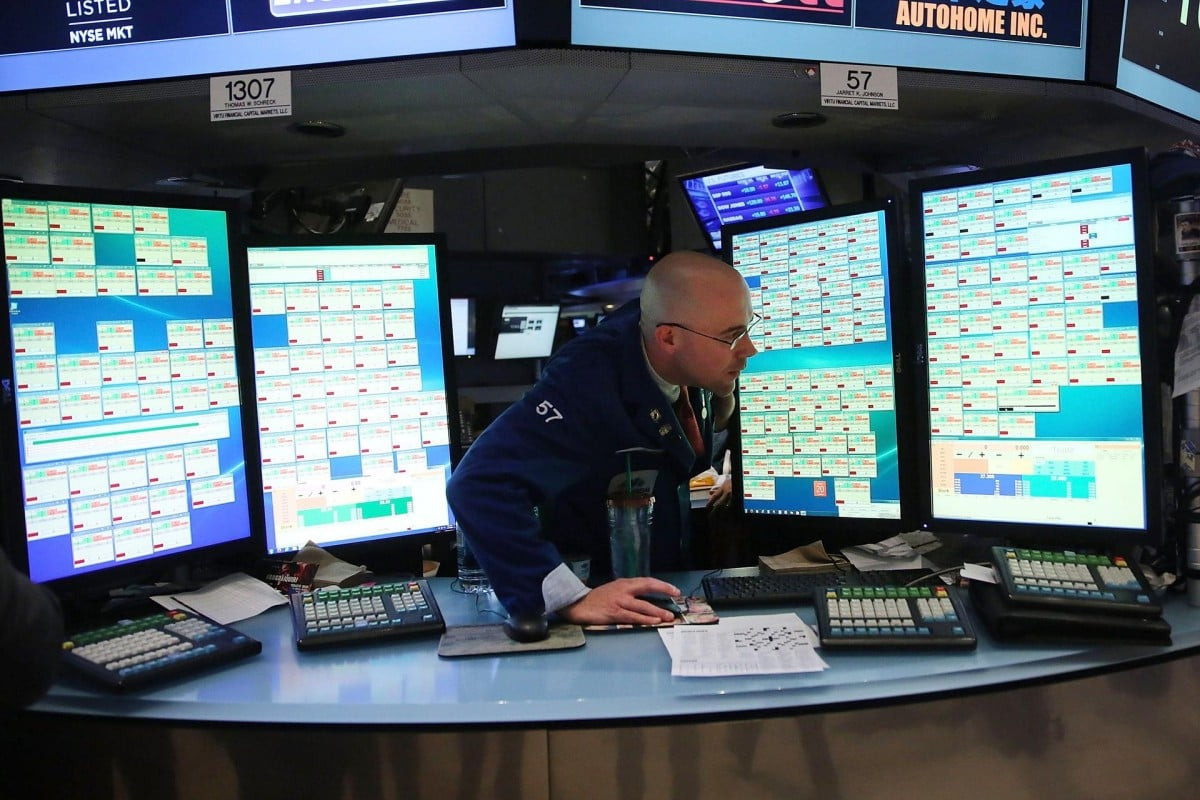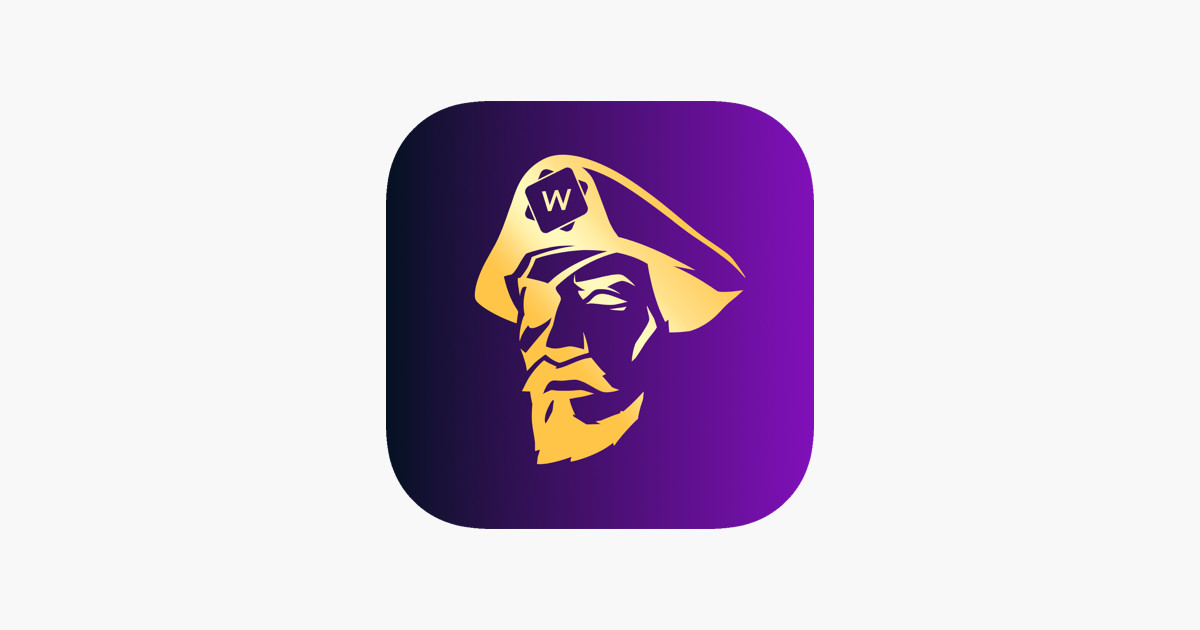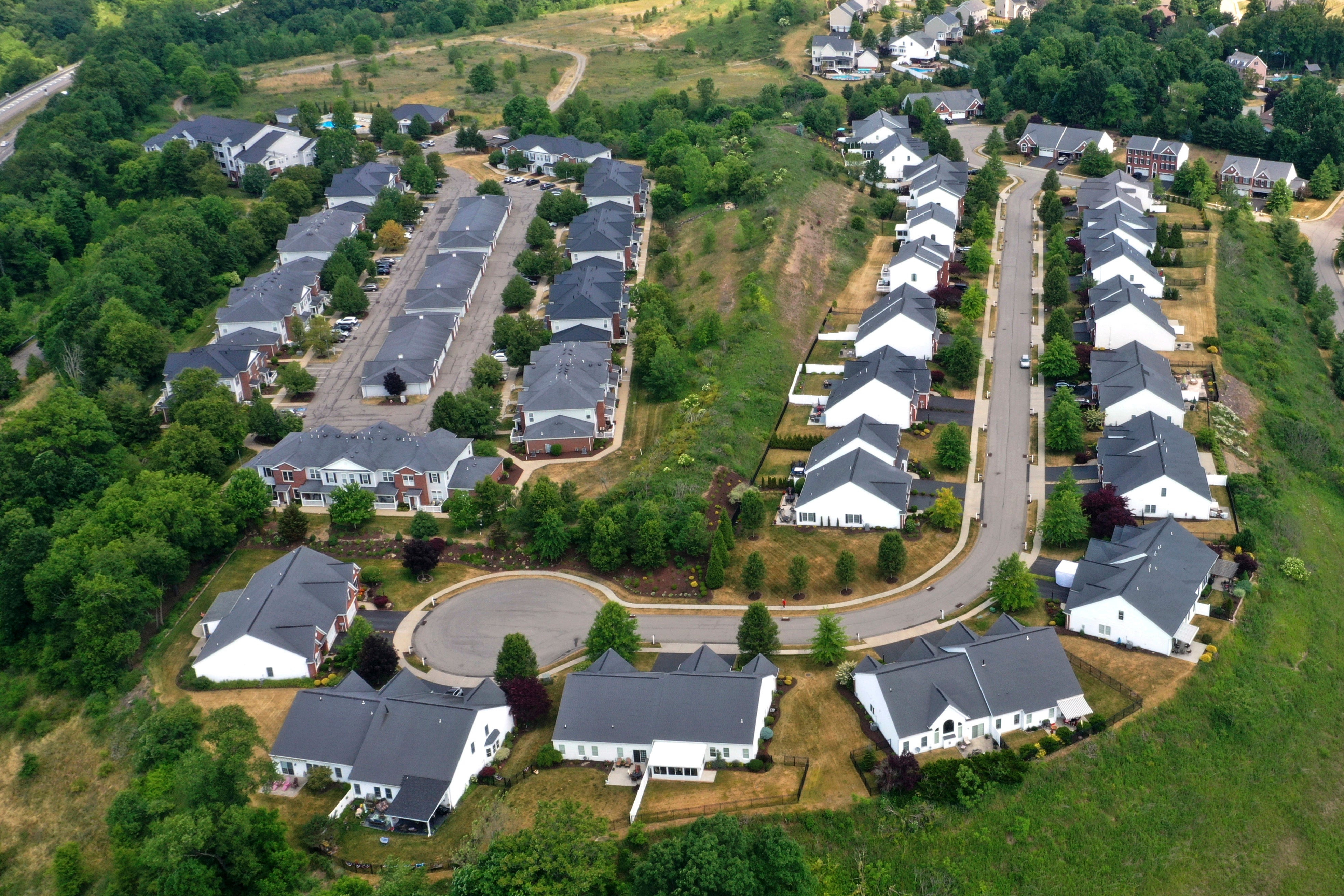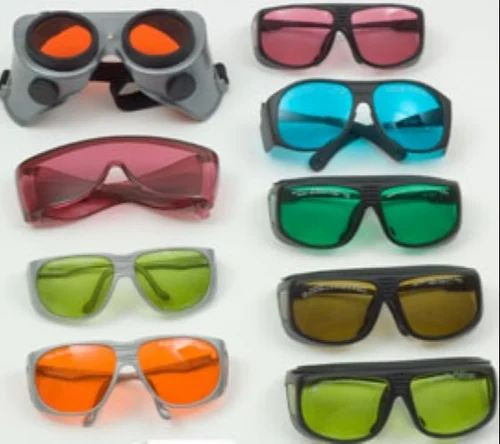A Wave of Growth in Real-Time Location Systems
The global real-time location systems (RTLS) market is booming, driven by increasing demand across a range of industries. This technology, enabling precise tracking of assets and people in real-time, is transforming operations and driving efficiency. With the convergence of technologies like the Internet of Things (IoT), radio-frequency identification (RFID), and sensor networks, RTLS is poised for continued expansion.
Key Drivers of the RTLS Market Growth
Several factors are propelling the growth of the RTLS market. Here are some of the most significant:
1. Increasing Industrial Automation
The shift towards automation in manufacturing and warehousing is a major catalyst for RTLS adoption. The ability to track assets, manage inventory, and optimize workflows in real-time is crucial for improving operational efficiency and reducing costs.
2. Enhanced Safety and Security
RTLS is playing a critical role in enhancing safety and security in various sectors. From tracking workers in hazardous environments to monitoring critical infrastructure, RTLS technology provides real-time insights that can prevent accidents and ensure security.
3. Growing Healthcare Applications
In the healthcare sector, RTLS is transforming patient care and operational efficiency. Hospitals and clinics are using RTLS to track patients, medical equipment, and staff, ensuring patient safety, optimizing resource utilization, and improving overall healthcare delivery.
4. Rise of the Internet of Things (IoT)
The exponential growth of IoT devices is creating a vast amount of data that needs to be analyzed and acted upon in real-time. RTLS technology is seamlessly integrated into IoT ecosystems, providing valuable location data for various applications.
RTLS Market Segmentation and Applications
The RTLS market can be segmented based on technology, industry, and application.
By Technology
The most commonly used RTLS technologies include:
- Ultra-wideband (UWB): Offers high accuracy and robustness in indoor environments.
- RFID (Radio-frequency Identification): Used for tracking assets and inventory with passive tags.
- Bluetooth Low Energy (BLE): A cost-effective solution for tracking assets and people in indoor spaces.
- GPS (Global Positioning System): Suitable for outdoor asset tracking and fleet management.
By Industry
The RTLS market is finding widespread applications across various industries, including:
- Manufacturing: Production line optimization, asset tracking, and worker safety.
- Retail: Inventory management, customer engagement, and loss prevention.
- Healthcare: Patient tracking, asset management, and staff safety.
- Logistics and Supply Chain: Asset tracking, real-time visibility, and warehouse optimization.
- Transportation: Fleet management, driver safety, and route optimization.
By Application
RTLS solutions are employed for a variety of applications, such as:
- Asset Tracking: Location and status of equipment, tools, and other assets.
- Personnel Tracking: Location and safety of workers, patients, or visitors.
- Inventory Management: Real-time tracking of stock levels and warehouse efficiency.
- Security and Access Control: Monitoring and managing access to restricted areas.
- Process Optimization: Real-time data for improving workflows and decision-making.
The Future of RTLS Technology
The RTLS market is expected to witness continued growth in the coming years. The increasing adoption of IoT, the growing demand for automation, and the emergence of new applications are key factors driving this expansion.
Here are some key trends shaping the future of RTLS:
- Integration with AI and Machine Learning: Combining RTLS data with AI and machine learning algorithms can enable predictive analytics and automated decision-making.
- Cloud-based RTLS Platforms: Cloud computing offers scalable and cost-effective solutions for managing and analyzing RTLS data.
- Enhanced Security and Privacy: Addressing concerns related to data security and privacy will be crucial for widespread RTLS adoption.
- Hybrid RTLS Solutions: Combining multiple technologies like RFID, BLE, and UWB to create comprehensive tracking solutions.
The Future is Location Aware
As the demand for real-time data and insights continues to grow, RTLS technology will play an increasingly vital role across industries. From optimizing operations to improving safety and security, RTLS solutions are poised to transform the way we work, live, and interact with the world around us.




